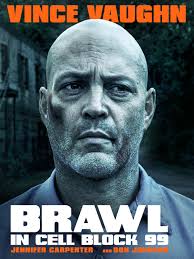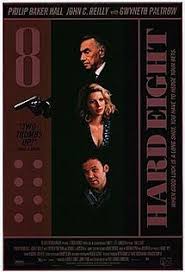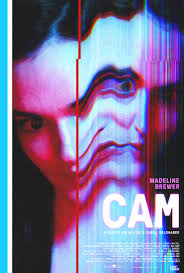Review: Uncut Gems (2019)
Director: Josh Safdie, Benny Safdie
Writer: Ronald Bronstein, Josh Safdie, Benny Safdie
Stars: Adam Sandler, LaKeith Stanfield, Julia Fox
Returning home from seeing Adam Sandler’s wonderfully intense performance in Uncut Gems, I felt almost woozy, energized, and more than a little emotionally punch-drunk. Sandler’s character, successful jeweler Howard Ratner, is a figure defined by the desperation he feels nearly every moment of every scene. Ratner is a gambling addict, and he has mounted up a debt of more than $100,000, which he owes to various unsavory and dangerous characters. He lies with a greasy, sanguine smile that portrays a completely blind optimism, but like almost everything else in this jeweler’s life, his confidence is a lie. As his network of smirking betrayals collapses, he continues to place bets, setting the stage for a terrifying crescendo that yields a picture of true and unvarnished anguish.
At the center of this dizzying exercise in discomfort stands Adam Sandler, an actor whose performance is so good that it almost makes up for Jack & Jill, The Cobbler, and many other slapdash productions of his Happy Madison production company. While his own company continues to churn out lazy fluff, it is undeniable that Sandler can be a powerful performer in other people’s movies. In Punch Drunk Love, Paul Thomas Anderson’s joyous 2002 romantic comedy, Sandler showed that when he toned down the silliness, his emotionally unstable protagonist became at once fascinating and charming. In Uncut Gems however, Ratner (Sandler) is not charming, but one of the sleaziest, most morally deficient character imaginable. This character, though Sandler definitely makes it his own, was created by Benny and Josh Safdie, two of the most exciting young filmmakers in the world.
In their previous feature, Good Time, the Safdie brothers cast Robert Pattinson (Twilight) as a drug addict and petty criminal who uses his mentally disabled brother to help him rob a bank. These two films are seemingly very similar, each offering their own vision of the way selfish short-sightedness can lead to disaster, but Uncut Gems has an aura of suffocating haste. In the hands of these directors, crowded city streets become a smothering maze, and the evidence of Ratner’s (Sandler) pathetic odyssey is painted on his face in bruises, blood and tears. In Uncut Gems this carnival of torment is captured with such smooth, flowing camera movement and unrelenting pace that the film’s two hours and fifteen minutes fly by, leaving its viewers gasping for air.
While the cast is rounded out with great performances by Julia Fox as Ratner’s (Sandler) long-suffering girlfriend and Keith Stanfield as his partner in the jewelry business, the movie belongs to Sandler and his captivating performance. While Sandler commands the screen with his formidable presence and the Safdie brothers bring viewers quickly through a multi-layered though extremely simple narrative, the emotional impact of the film cannot be underestimated. As the credits began to roll I was gulping air, struggling to settle my breath and hold my limbs still; I will definitely see it again very soon.








